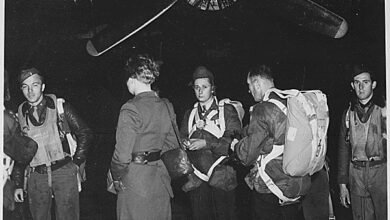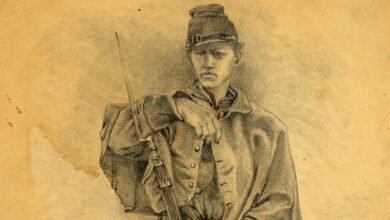
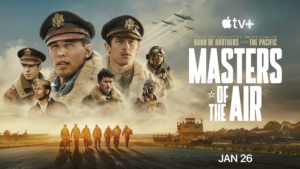
The B-17 was known for its ability to take extreme punishment and stay airborne. A fact that is driven home in the first episode of “Masters of the Air,” as Maj. Gale “Buck” Cleven, played by Austin Butler, stares in disbelief as light pours in through the flak-riddled holes of his bomber.
After a decade of delays, the highly anticipated third installment to Steven Spielberg and Tom Hanks trilogy of sorts premiered on January 26th on Apple TV+ to much fanfare.
“Masters of the Air” follows the crew of the now famed “Bloody 100th” as they conduct daylight strategic bombing raids over Nazi-occupied Europe — at great personal sacrifice.
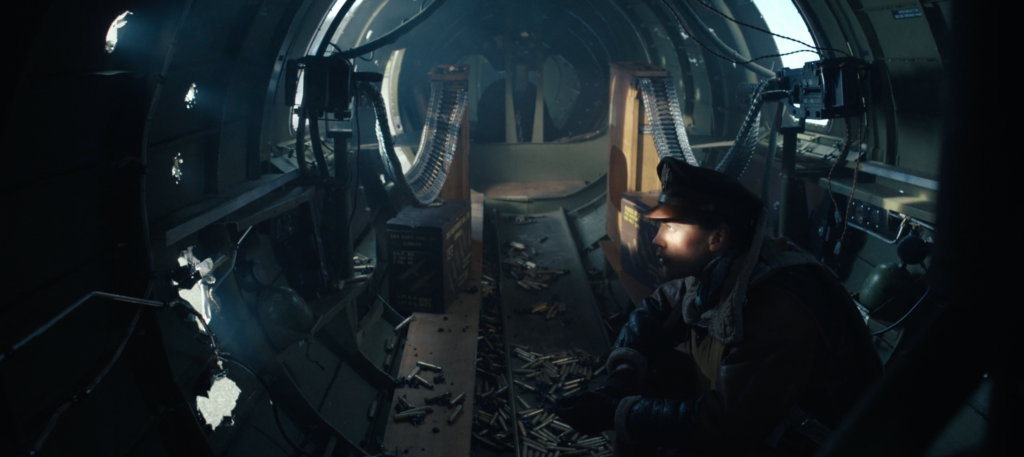
After its two-episode premiere, the show will be rolled out weekly until March 15.
Based on the book by Donald L. Miller, the series is loosely narrated by Lt. Harry Crosby (Anthony Boyle), a navigator who ultimately served 22 months with the unit — an impressive feat considering casualty rates in 1943 hovered around 30 percent.
“Of the 40 men from my flying class that went to the 100th Bomb Group, only four of us managed to complete a tour. That gives you an idea of how inadequately trained we were and how unlikely it was that we were going to survive,” pilot John Luckadoo recalled to HistoryNet in 2019.
The first two episodes follow the cocky, hotheaded Maj. John “Bucky” Egan (Callum Turner) and his buttoned-up best friend Cleven as they each go through baptisms of fire over mainland Europe.
“Why didn’t you tell me? You’ve been up… you didn’t tell me it was like that,” Butler’s character Cleven later accuses Egan after an aborted bombing run over the Nazi submarine pen at Bremen.
“You’ve seen it now,” comes Egan’s retort.
Fans of “Band of Brothers” and “The Pacific” will certainly appreciate the similar strengths of “Masters of the Air” as the previous two offerings.
Helmed once again by screenwriter John Orloff, the miniseries manages to encapsulate a broad range of themes: from thrilling missions, their impact, to the banalities of life in between.
Yet it is the small details that historians, military aficionados and veterans alike can appreciate.
After the aborted Bremen bombing run, “Buck” is taken back to see his ball turret gunner who was badly injured. But it wasn’t flak or bullets that caused the damage — it was the elements.
In 1943 the B-17 was unpressurized, and at high altitudes the crew could experience temperatures of -50 to -60 degrees. Even the briefest exposure could cause severe frostbite, which is made clear in the opening episodes.
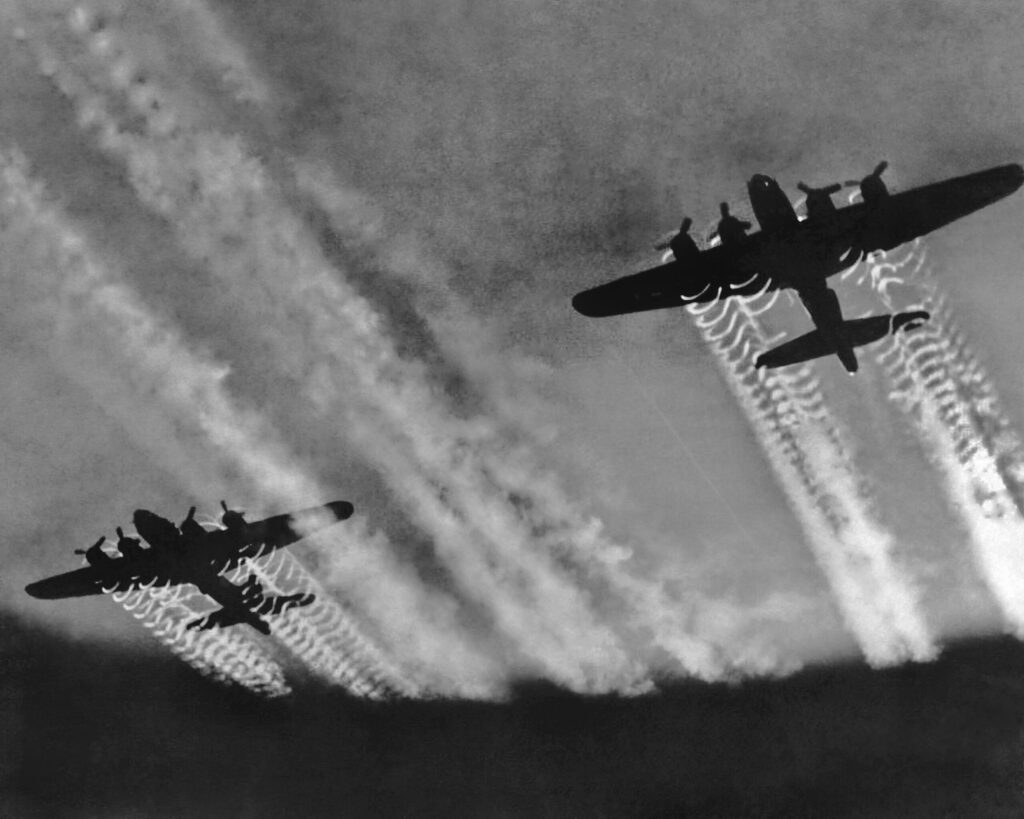
“The only spot that’s worse [than a tail gunner] is the ball turret, where the gunner is wrapped around his gun like an anchovy or a fetus in a womb too small,” Elmer “Benny” Bendiner, a B-17′s bombardier, wrote in his wartime postscript, “The Fall of Fortresses.”
Locked into their ball turrets over enemy territory for hours on end, gunners “urinated in their clothing, freezing their back, buttocks, and thighs so badly muscles sloughed and bones were exposed,” came Miller’s similar assessment.
While “Masters of the Air” certainly delivers in showcasing the intensity and brutality of war, the series shines with quick, one-liners that show that these men are after all, really just boys.
“You’re a navigator, Crosby,” Capt. John D. Brady scolds Crosby after the young lieutenant almost delivers his B-17 to the coast of France. “You should be able to, I don’t know, find England?”
If the rest of the series is anything like the first two episodes, viewers are in for a spectacular and educational treat, worthy of those who fought and died over the European skies.
“These hours of television are like the Army Air Forces’ missions themselves,” writes NPR. “They’re such intense experiences, it’s nice to have a little time between them to reflect … and to breathe.”
Source link

